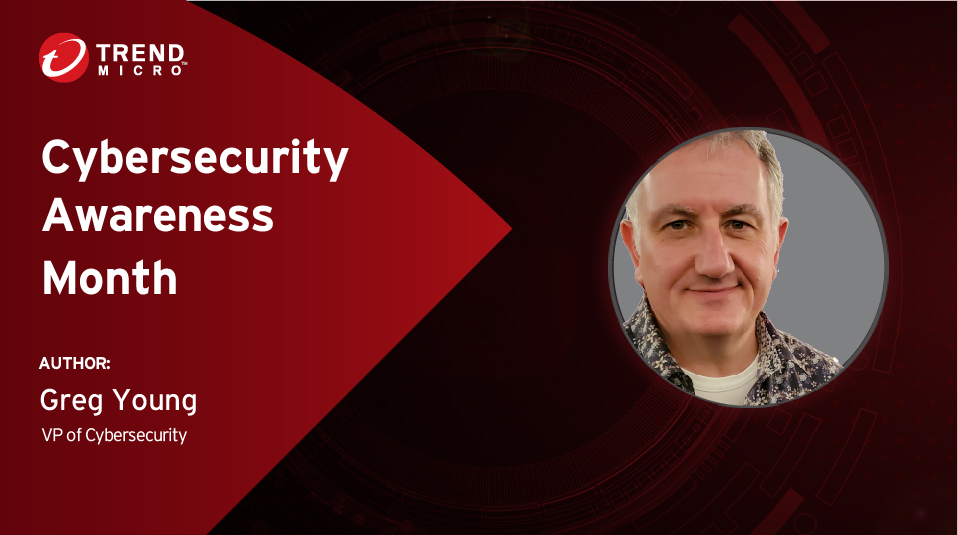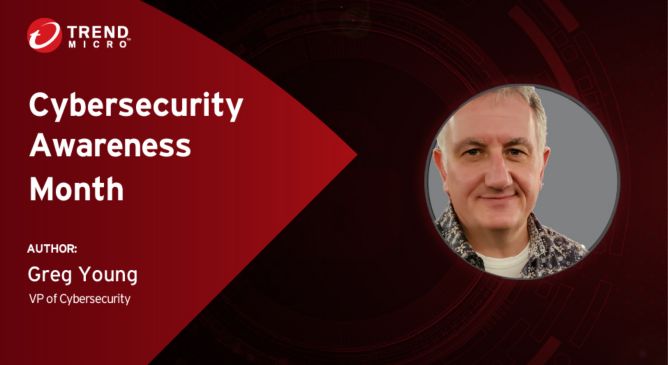Cybersecurity Awareness Month 2023: 4 Actionable Tips

Decrease the Risk Assessment Time Gap Towards Continuous Assessment
Semi-annual penetration tests get a box checked and keep you out of compliance jail, but cybersecurity has moved to near-real time and so too must your assessment. Continuous monitoring has been an important goal, but we need to advance it to making continuous decisions based on that continuous monitoring.
Even events such as authenticating to use a VPN are too infrequent to make actionable judgements: in between those authentications there can be many indicators of compromise (IOC) that give a high enough assurance that you or your account/device/asset/data has moved from acceptable to unacceptable risk.
Continuous assessment means always looking for vulnerable or compromised elements and taking action. If my device is vulnerable, or my email account is spewing malware or the signs of having been phished there should be an immediate risk-based decision taken. Time is the friend of the attacker. Let’s be less friendly with them.
Increase Collection of Non-Standard Security Telemetry
This action is closely tied to the first recommendation about visibility. The standard events we examine in security have not only gotten a bit stale, but the attackers know them well enough to avoid being caught up in them. That’s the whole basis for attacks to move laterally and through unconventional paths such as IoT and things likely not known to be part of your attack surface when they are. And like “birds of a feather”, the more of an outlier the telemetry comes from, the more likely it is to lead you to other assets, data, connections, and identities that your organization may not have known about.
Attackers know where the “motion alarms” are for standard security alerts and telemetry and avoid those. Common incident forensics clearly show that evading detection especially for known security safeguards is an increasingly common attacker tactic. A key part of visibility means going and gathering more new kinds of security-relevant telemetry.
A common mistake today is collecting more telemetry but accessing it less often. “Well, if we double the telemetry, we’ll just consult it half as often” doesn’t have to be the trade-off. Smart use of telemetry is utilized by modern platforms rather than clumsy bulk-searching through data, and more telemetry should mean less load on SOC staff, not more.
Extended detection and response (XDR) and continuous assessment gets smarter, faster, and more accurate when there is more data to assess beyond your parents’ firewall alerts. Telemetry regarding connections, rates of missed authentications, changes in application activity, DNS usage, system tools running in new places, never seen before pairings of privileges and the granting admin, unusual backups… there’s a data lake to fill with these. The more telemetry you have, means you can combine them into more meaningful indicators that are less likely to be a false positive or false negative.
Get Your Platform Strategy Underway, and Get Rid of Shelfware
Underscoring all of this is the fact you need the right security tools in place. While you may opt to diversify your security stack, don’t fall into the trap of deploying point products that don’t play nicely together. As I said, visibility is the foundation of all other defense – using siloed solutions will only give you bits and pieces of the entire picture.
A platform strategy is a strategy, not an overnight procurement exercise: you don’t need to rip and replace your entire stack immediately. Take a planned approach (but don’t delay the inevitable). However, you can leverage a cybersecurity platform that brings together the telemetry from different security solutions into a single pane of glass. Beware, some vendors may try to sell you a suite of siloed solutions as a platform. A true platform is composed of integrated vendor solutions and allows broad third-party integrations.
As a bonus, look for a platform that’s backed by the capabilities I mentioned earlier like XDR, virtual patching, automation, continuous monitoring and risk assessments, and more to provide security across the attack surface – from users, to endpoints, to email, to clouds, to networks, etc.
A key part of your platform strategy should be looking for security shelfware. As part of unifying the telemetry and response capabilities of your security tools, look for tools and products that aren’t necessary any longer.
It can be awkward to end-of-life a security tool that was viewed as critically useful a few years back and oh yes you made an eloquent pitch for the budget for it, but security moves quickly. You can integrate it into your platform, but instead if it really has been superseded or no longer relevant removing shelfware has only benefits.
Saving money, removing it from the need to integrate it into your platform, speedier analysis by removing duplicative telemetry, and the training and updating efforts are only part of the list of benefits of a leaner/cleaned-up security stack.
Next Steps
So, let’s make Cybersecurity Awareness Month actionable and meaningful. And in the spirit of visibility and continuous assessment don’t wait until next year’s Cybersecurity Awareness Month to check and refine your progress
Read More HERE




